Home » Everything you need to know about conference LED displays, the ultimate guide to conference LED displays!
With the advancement of technology, LED display screens have become indispensable equipment in modern conferences. This article will take you through a comprehensive understanding of conference LED displays, from basic knowledge to cutting-edge technology, helping you choose and apply the most suitable LED display screen in various conference settings.
LED display screen is a display method that controls semiconductor light-emitting diodes (LEDs), consisting of tens of thousands of evenly arranged LED pixels. It can display various information such as text, graphics, images, animations, market trends, videos, video signals, etc. Here are some basic knowledge about LED display screens:
The basic principle of LED display screens is to utilize the unidirectional conductivity of LED light-emitting diodes, and through certain control circuits, apply a forward voltage to each LED pixel when it needs to emit light, so that it emits bright light and displays various texts or graphics on the screen.
The display effect of LED display screens is influenced by various factors, including brightness, contrast, color, clarity, etc. Among them, brightness is one of the most important factors, which determines the viewing distance and viewing angle of the display screen. Generally speaking, the higher the brightness of an LED display screen, the farther its visual distance will be. Contrast is the relative difference in brightness, and the higher the contrast, the better the hierarchy and brightness of the displayed image. In terms of color, LED display screens can display various colors through different color combinations, common colors include red, green, blue, yellow, etc.
There are various types and specifications of LED displays, including indoor LED displays, outdoor LED displays, and rental LED displays. Different types of LED displays are suitable for different application scenarios and purposes. In terms of specifications, the size of LED display screens can be customized according to needs. Common sizes include P1.5, P2.5, P3, P4, P5, P6, etc., which represent the distance between each pixel.
The driving methods of LED display screens are divided into two types: static driving and dynamic driving. Static driving refers to each LED pixel being controlled by a separate driver, which has the advantages of good display effect, high brightness, good stability, but also high cost. Dynamic driving refers to multiple LED pixels sharing a driver device, which sequentially illuminates each pixel through scanning. Its advantage is low cost, but the display effect and stability are relatively poor.
There are various connection methods for LED display screens, including serial connection, parallel connection, network connection, etc. Serial connection refers to the connection of each LED pixel to the control card through a data cable, suitable for smaller display screens. Parallel connection refers to the connection of multiple LED pixels to a control card through multiple data cables, suitable for larger display screens. Network connection is achieved by connecting the control card to the display screen through a network cable, which enables remote control and multi screen synchronous display.
In summary, LED display screens are powerful and widely used display devices, with basic knowledge including working principles, display effect factors, types and specifications, driving methods, and connection methods. Understanding these basic knowledge helps to better select and use LED displays, improve their display effect and stability
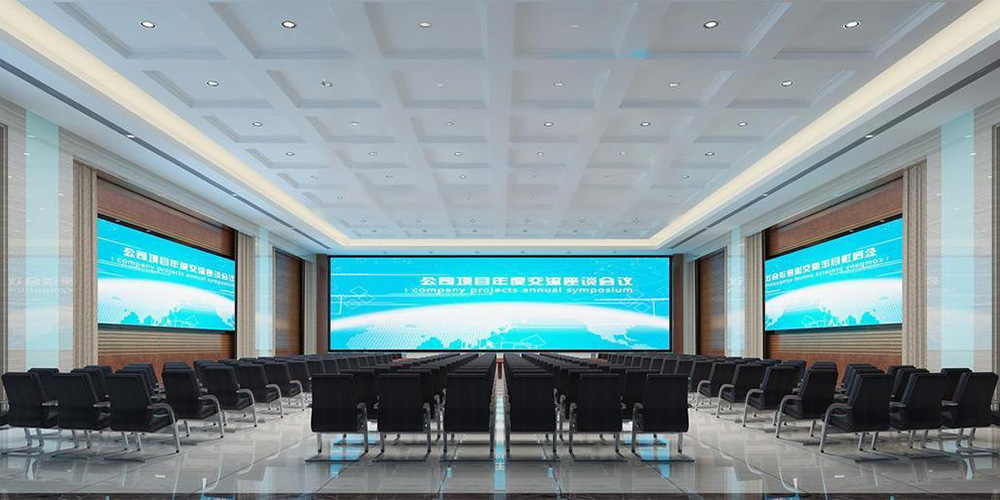
As a modern display device, conference LED display screens have many characteristics and advantages, making them widely used in conference settings. The following will provide a detailed introduction to the characteristics and advantages of conference LED displays:
The high resolution and high brightness characteristics of LED display screens enable them to clearly display information such as text, images, and videos under various lighting conditions. This not only provides participants with a more comfortable and modern meeting environment, but also enhances the interactivity and sense of participation of the meeting.
LED display screens can display various conference materials and data, including PPTs, videos, pictures, etc., allowing attendees to have a more intuitive understanding of the conference content. In addition, by connecting with other devices such as computers, tablets, and mobile phones, LED displays can also display interactive content and discussion results in real-time, making meeting communication easier and smoother.
LED display screens have the characteristics of high contrast and high color saturation, which can vividly present various colors and dynamic effects, making conference content more rich and colorful. At the same time, by embedding interactive elements and creative design, LED displays can also add fun and interactivity to the meeting, igniting the enthusiasm of the meeting.
Presenting details, focusing attention, and fast image processing: In terms of business applications, the high-definition and high frame rate characteristics of LED displays enable them to present more delicate images and details. Meanwhile, through rapid processing technology, LED displays can also achieve dynamic effects and real-time interaction functions, improving the interactivity and sense of participation in meetings.
The conference LED display screen can seamlessly connect with other devices, such as video conferencing systems, remote teaching systems, etc., to achieve remote real-time communication and collaborative work. This can not only reduce meeting costs, but also improve meeting efficiency and participation.
The LED display screen adopts a modular design, which can be freely assembled and disassembled, making it very suitable for meeting rooms of various sizes and shapes. At the same time, the light weight and thin thickness of LED displays make it easy to install on various walls or brackets without taking up too much space. In addition, the maintenance of LED display screens is also very simple and fast, and can be quickly repaired and maintained by replacing modules or repairing some components.
In summary, conference LED displays have many characteristics and advantages, such as creating a comfortable and modern conference environment, sharing information, presenting rich and colorful content, business applications, remote real-time communication and collaborative office, occupying small space, flexible and convenient use, and simple and fast maintenance. These characteristics and advantages make LED displays an indispensable and important equipment in modern conferences.
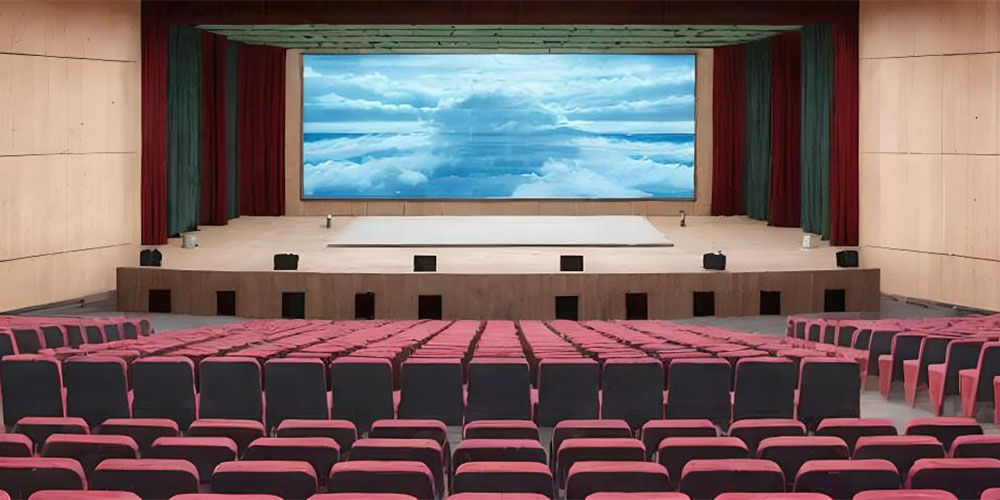
When selecting and installing conference LED displays, multiple factors need to be considered to ensure optimal performance and effectiveness. Here are some key considerations:
Choose the appropriate LED display screen size and proportion based on the size, viewing distance, and budget of the conference room. For example, for smaller conference rooms, P1.8mm or P2.5mm models may be sufficient, while for larger conference rooms, P3.91mm or larger spacing models may be required.
To ensure that all attendees can clearly see the display screen, it is necessary to carefully consider the installation location. The display screen should be placed in front of the conference table, slightly higher than the desktop, and ensure that there are no obstructions. In addition, the angle should also be adjusted appropriately to achieve good viewing effects at different angles.
Choose the appropriate screen brightness and contrast based on the ambient lighting conditions of the conference room. If the light is strong, higher brightness may be required to ensure clarity. Meanwhile, contrast is also a key parameter, and high contrast can better display image and video content.
Choose the appropriate connection method according to your needs, such as DP, HDMI, VGA, etc. At the same time, it is necessary to ensure the stability of the signal source and avoid problems such as signal interruption or abnormal display.
Choosing an LED display screen that is easy to operate and control allows for easy switching of signal sources and adjustment of display parameters.
Considering long-term use and maintenance, brands with good reputation and after-sales service should be selected, and regular cleaning and maintenance should be carried out.
Under the premise of meeting demand, control the budget reasonably, and weigh the performance and price of different products to choose the most cost-effective solution.
Ensure that the installation foundation of the display screen is stable, able to withstand the weight of the display screen and prevent accidental falls.
Priority should be given to LED display screens made of low-energy and environmentally friendly materials to reduce operating costs and minimize environmental impact.
Consider the safe evacuation path of the display screen in emergency situations, and ensure that the power and signal lines are arranged reasonably to avoid safety hazards.
Choose a brand that provides comprehensive technical support and after-sales service in order to receive timely assistance during installation, use, and maintenance.
Ensure that the selected LED display screen has good compatibility and scalability to adapt to possible future application changes and technological upgrades.
In summary, selecting and installing conference LED displays requires consideration of multiple factors. Careful consideration is needed in terms of size, proportion, brightness, contrast, installation location, connection method, ease of operation, maintenance and upkeep, budget, energy conservation and environmental protection, safety factors, as well as technical support and after-sales service. By considering these factors comprehensively, the most suitable LED display solution for specific conference needs can be found.
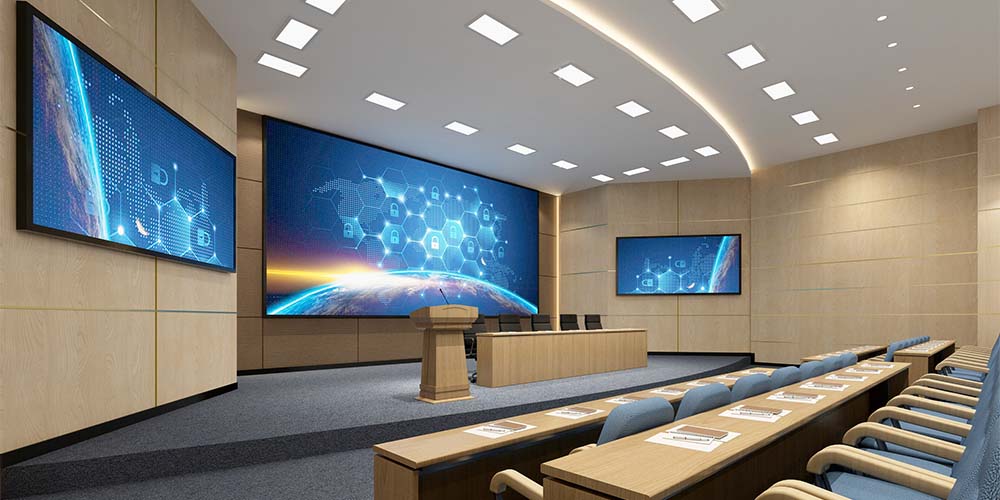
The use and maintenance of conference LED displays require attention to multiple aspects to ensure their performance and lifespan. Here are some key considerations:
Ensure that the working environment temperature of the LED display screen is between -20 ℃ and 50 ℃, and the humidity is between 10% and 90% RH. Avoid using or storing in high temperature, high humidity, high acidity/alkalinity/salt environments.
Regularly clean the screen surface to prevent dust from affecting the display effect and the normal operation of the circuit board. Use a dry and soft cloth to wipe the screen and avoid using cleaning agents containing chemicals.
Maintain a good heat dissipation environment to prevent the display screen from working under high temperature conditions for a long time. In situations where the ambient temperature is too high or the heat dissipation conditions are poor, the usage time should be appropriately reduced to avoid the display screen from working continuously for a long time.
Ensure stable power supply to LED display screens to avoid sudden power outages or excessive voltage fluctuations. Try to avoid sharing the same power supply with high current electrical equipment.
Keep the signal source stable and avoid poor signal line contact or signal interruption. Regularly check if the signal line is intact, and replace it promptly if there is any damage.
Avoid applying excessive pressure or collision to the LED display screen to avoid damaging the screen or internal circuits.
Regularly check whether all components of the display screen are working properly, including the power supply, control card, connection cables, etc. If there is any abnormality, it should be repaired or replaced in a timely manner.
Timely update the software of LED display screens to ensure system stability and security. Software upgrades can usually solve some known problems, improve display performance and compatibility.
Use the LED display screen correctly according to the operating procedures to avoid equipment damage or performance degradation caused by incorrect operation.
When storing or processing important data on the display screen, regular backups should be made to prevent data loss or damage.
During use and maintenance, the rules for safe electricity use should be followed to avoid accidents such as electric shock.
Establish a preventive maintenance plan, regularly conduct comprehensive inspections and maintenance on the display screen to ensure its normal operation and service life.
In short, the correct use and maintenance of conference LED displays are key to ensuring their performance and lifespan. During use, attention should be paid to the requirements of the working environment, heat dissipation management, power management, etc., and operating procedures should be followed. At the same time, regular maintenance, software updates, and data backup are also important measures to keep the display screen in good condition. Through reasonable use and maintenance, the service life of LED display screens can be extended and they can be maintained in good working condition.
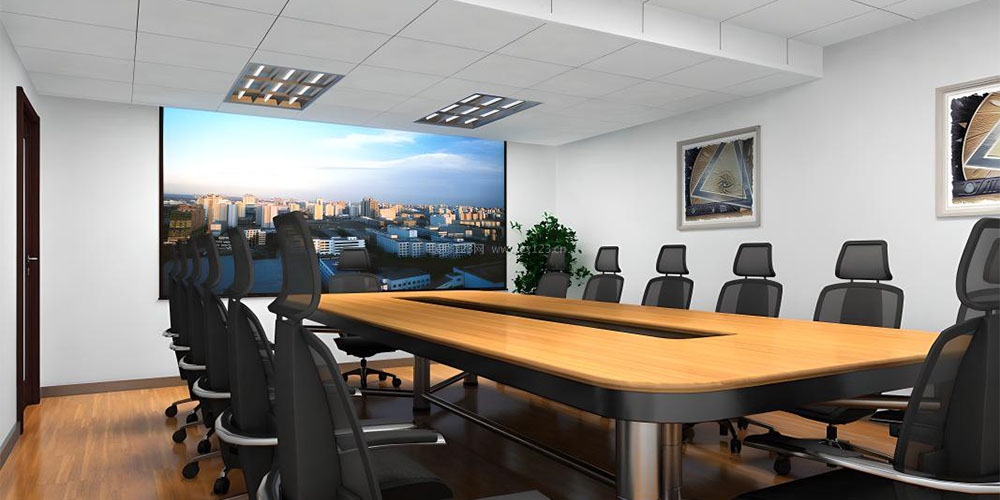
The cutting-edge technology and development trends of conference LED displays are mainly reflected in the following aspects:
With the increasing demand for visual experience, the high-definition and ultra high definition of LED displays have become a development trend. By improving resolution and display effects, more delicate and realistic images can be presented to meet the needs of various high-end conferences and displays.
With the continuous development of flexible electronic technology, LED displays are showing a trend of flexibility and foldability. This technology can achieve diverse forms of display screens such as bending and folding, bringing more creativity and flexibility to conference displays.
The application of intelligent technologies such as AI and the Internet of Things in LED displays is becoming increasingly widespread. Through intelligent control and automated management, functions such as remote control, data collection, and intelligent analysis can be achieved, improving the efficiency and interactivity of meetings. At the same time, multifunctional integration has also become a trend in the development of LED displays, such as integrating touch screens, cameras, audio systems, etc., to achieve integrated solutions.
With the increasing awareness of environmental protection and attention to energy consumption, the energy-saving and environmental protection performance of LED displays has become an important development trend. The use of efficient and energy-saving technologies and environmentally friendly materials to reduce energy consumption and carbon emissions is the future development direction of LED display screens.
The continuous development of virtual reality (VR) and augmented reality (AR) technology has provided new application scenarios for LED displays. By combining with VR/AR technology, LED displays can present a more immersive visual effect, bringing a more realistic experience to conference participants.
The development of Internet of Things (IoT) technology enables LED displays to be interconnected with other intelligent devices, enabling data sharing and remote control. Meanwhile, through big data analysis technology, conference data can be mined and analyzed, providing more targeted services and suggestions.
With the diversified demands of the conference market, personalized customization of LED displays has also become a trend. According to different conference scenarios and needs, LED display screens of different sizes, shapes, colors, and functions can be customized to meet the special requirements of customers.
High transparency LED display screens have the characteristics of high clarity and high perspective, which can present rich content while maintaining screen transparency. This technology is suitable for display applications in buildings such as glass curtain walls, and can achieve a dual function of transparent display and advertising promotion.
With the popularization and application of 5G technology, LED displays have also begun to integrate with 5G technology. Through 5G high-speed network, smooth transmission of high-definition videos and remote real-time control of large screens can be achieved, further expanding the application range of LED displays.
Artificial intelligence (AI) and machine learning technology also have broad application prospects in LED displays. AI technology can be used in application scenarios such as intelligent recognition and automatic tracking, while machine learning can help display screens automatically adjust parameters, optimize display effects, and improve the intelligence level of the entire system.
In summary, the cutting-edge technologies and development trends of conference LED displays are mainly reflected in high-definition, flexibility, intelligence, energy conservation and environmental protection, the combination of virtual reality and augmented reality, the integration of the Internet of Things and big data, personalized customization, transparent screen technology, 5G technology integration, and artificial intelligence and machine learning. The development of these technologies will further drive innovation and application of LED displays to meet the constantly changing demands of the conference market.
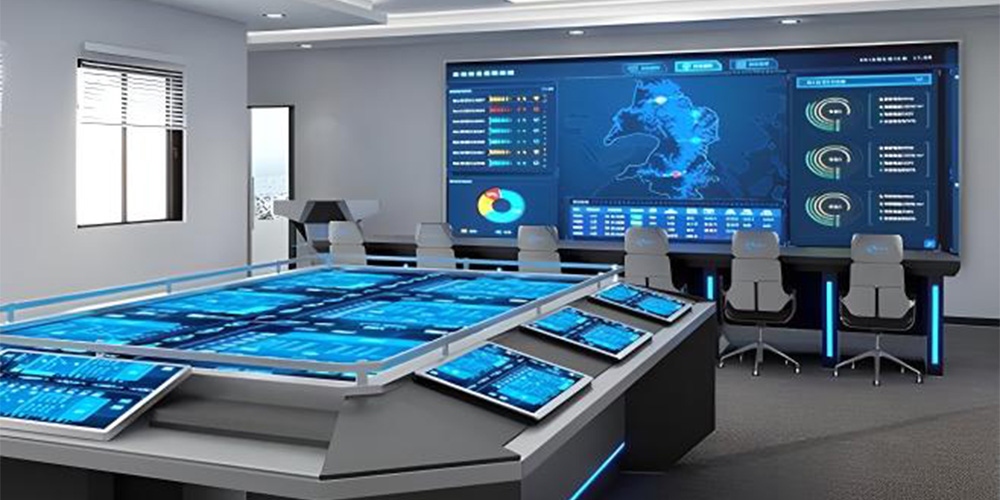
In today’s digital and intelligent era, conference LED displays, as a modern display device, have become an indispensable and important element in conferences. It provides conference participants with a richer, more intuitive, and efficient communication experience due to its high-definition, dynamic, interactive, and intelligent features.
The application of LED display screens in conferences has become increasingly widespread, from simple text and image displays to complex data visualization, interactive communication, etc. Its functions and effects are constantly being expanded and improved. Through the application of cutting-edge technologies such as high-definition, flexibility, and intelligence, the visual effects, interactivity, and functionality of LED displays have been greatly enhanced, providing more possibilities and creativity for conferences.
In the future, with the continuous advancement of technology and the continuous growth of application demand, the development potential of conference LED displays remains enormous. For example, the application of technologies such as ultra-high definition, foldable, transparent screens, AI, and the Internet of Things will further change the traditional form and usage of LED displays. In addition, the combination of virtual reality and augmented reality technology will bring a more immersive experience and more efficient communication methods to meetings.
Meanwhile, with the increasing awareness of environmental protection and attention to energy consumption, the energy-saving and environmental protection performance of LED displays will also become an important research and development direction. By adopting more efficient and environmentally friendly materials and technologies, LED display screens will not only achieve efficient display, but also make a positive contribution to environmental protection.
In summary, conference LED displays will continue to play an important role in future development, providing more advanced, intelligent, and environmentally friendly solutions for conferences. Through continuous technological innovation and application expansion, LED displays will further promote the digitalization and intelligence process of the conference industry, bringing people a more efficient, convenient, and creative conference experience.
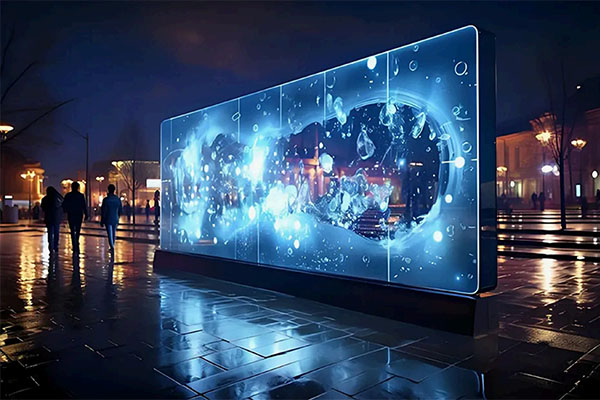
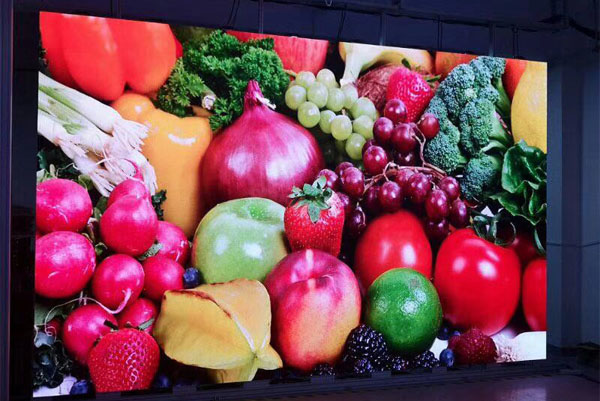
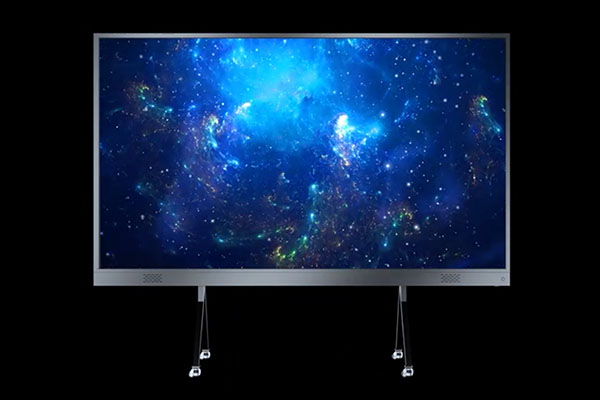
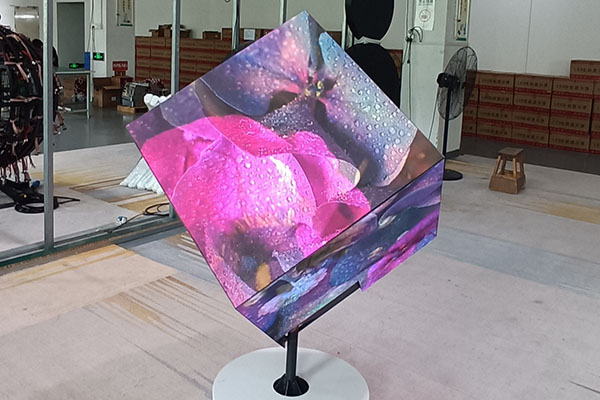
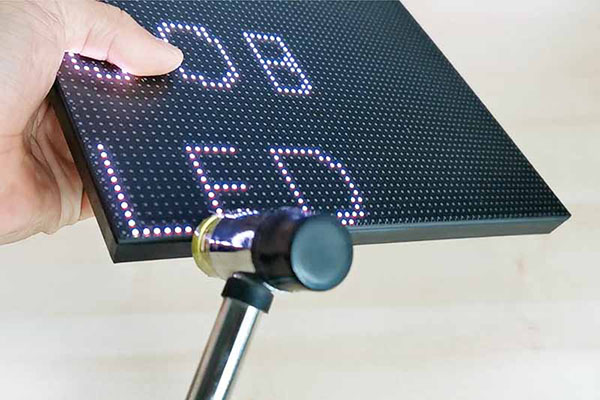
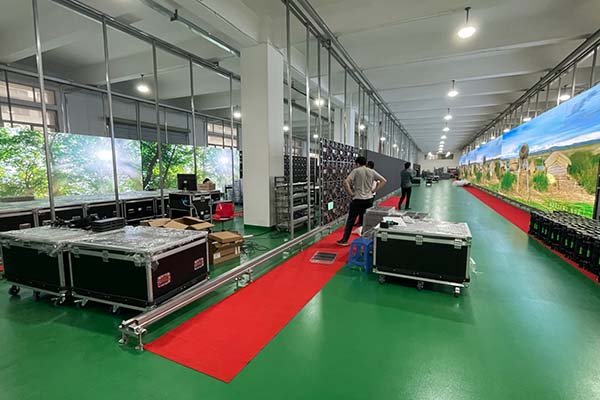
SHENZHEN TLI LED, specializing in the research, development, production and sales of LED displays, provides customers with diversified LED display solutions based on advanced technology and excellent quality, which are widely used in commercial advertisements, stadiums, conferences and exhibitions, etc. TLI LED, lighting up the world of vision, leading the future!
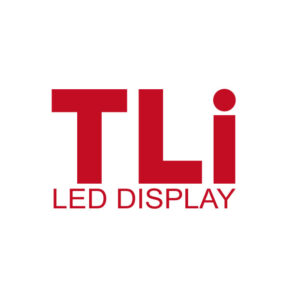
Jack
Sales Manager
Jack
Hello my friend, This is Jack from TLi LED. What can I do for you today?